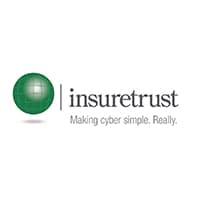Learn more about the conference!
The content, agenda & speakers for each Advisen Insights Conference is planned by an Advisory Board that represents industry thought-leaders and influential marketplace participants. Each Advisory Board is unique for each conference event.
Advisory Board meetings and conference calls are led by Advisen’s Stacie Lilien, Event Content & Programming Manager.
Advisory Board:
| • Dan Burke, National Cyber Practice Leader, Woodruff Sawyer • Bala Larson, Northwest/Midwest Regional Manager, US Tech & Cyber, Cyber & Executive Risk, Beazley • Florence Levy, West Zone Cyber Practice Leader, Marsh & McLennan Companies [2020 Conference Chair] • Lindsay Nickle, Partner, Lewis Brisbois • Rebecca Pearson, Associate Director, West Region Leader, Willis Towers Watson • James Reed, Assistant Vice President, Cyber & E&O Division, Allied World • Jenny Soubra, U.S Head of Cyber and Technology, Canopius Group • John Soughan, Insurance Product Manager, Arceo.ai • Brookes Taney, Vice President of Global Sales, Arete Incident Response |
2020 Cyber Risk Insights Conference – San Francisco
February 11, 2020 12:00 pm - 6:00 pm February 12, 2020 8:00 am - 6:00 pm The Julia Morgan Ballroom 465 California St. San Francisco, CA 94104Please note that we take lots of pictures at our events, and we post them on our website.
At the Event, you may receive access to Advisen and third party content. Advisen is not liable for the information in the third party content. You may use them solely for your own internal, non-commercial purposes. Unauthorized distribution (via sales, copying, posting on intranet/internet) is expressly forbidden.
View Photos from Advisen's 2019 Cyber Risk Insights Conference in San Francisco

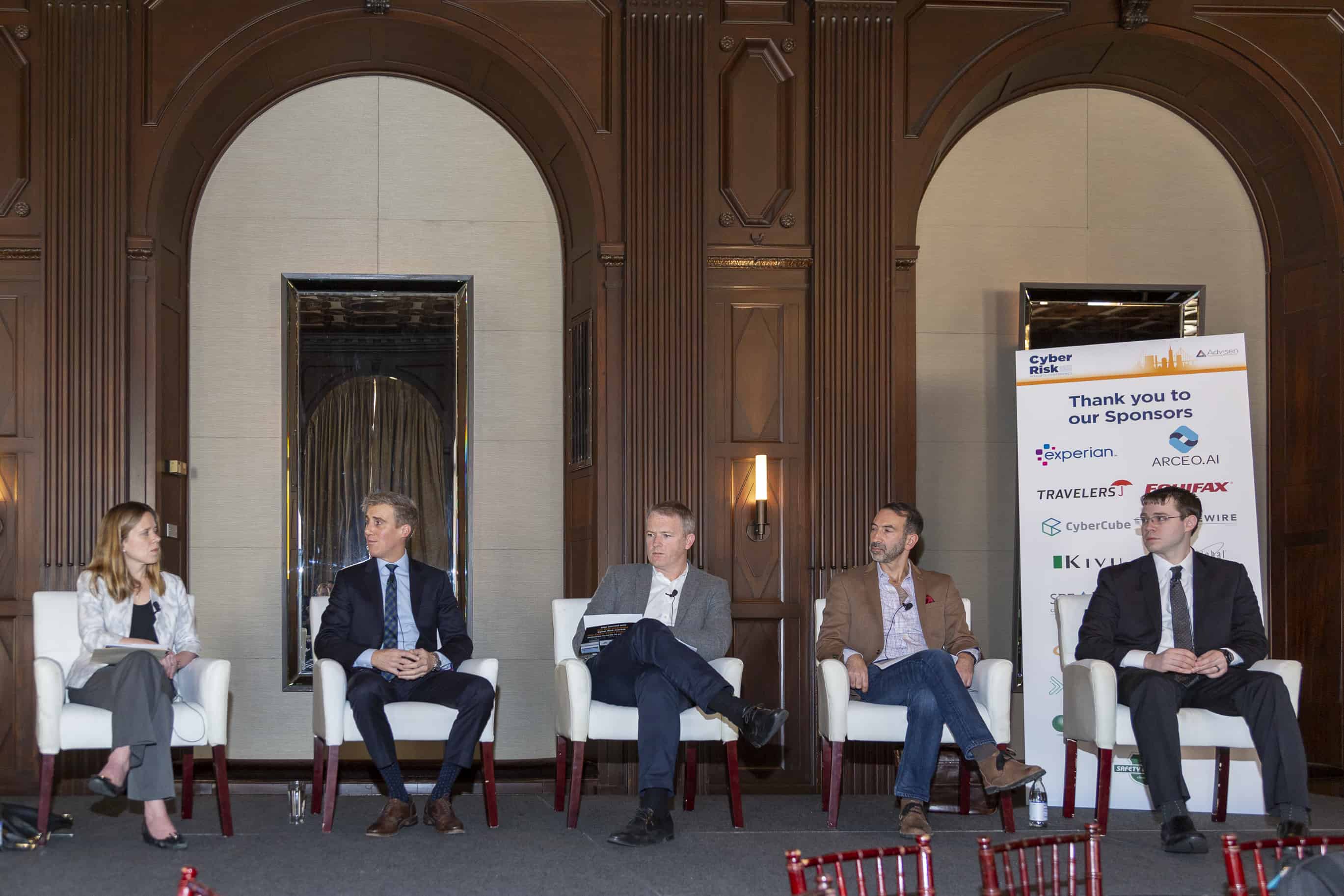

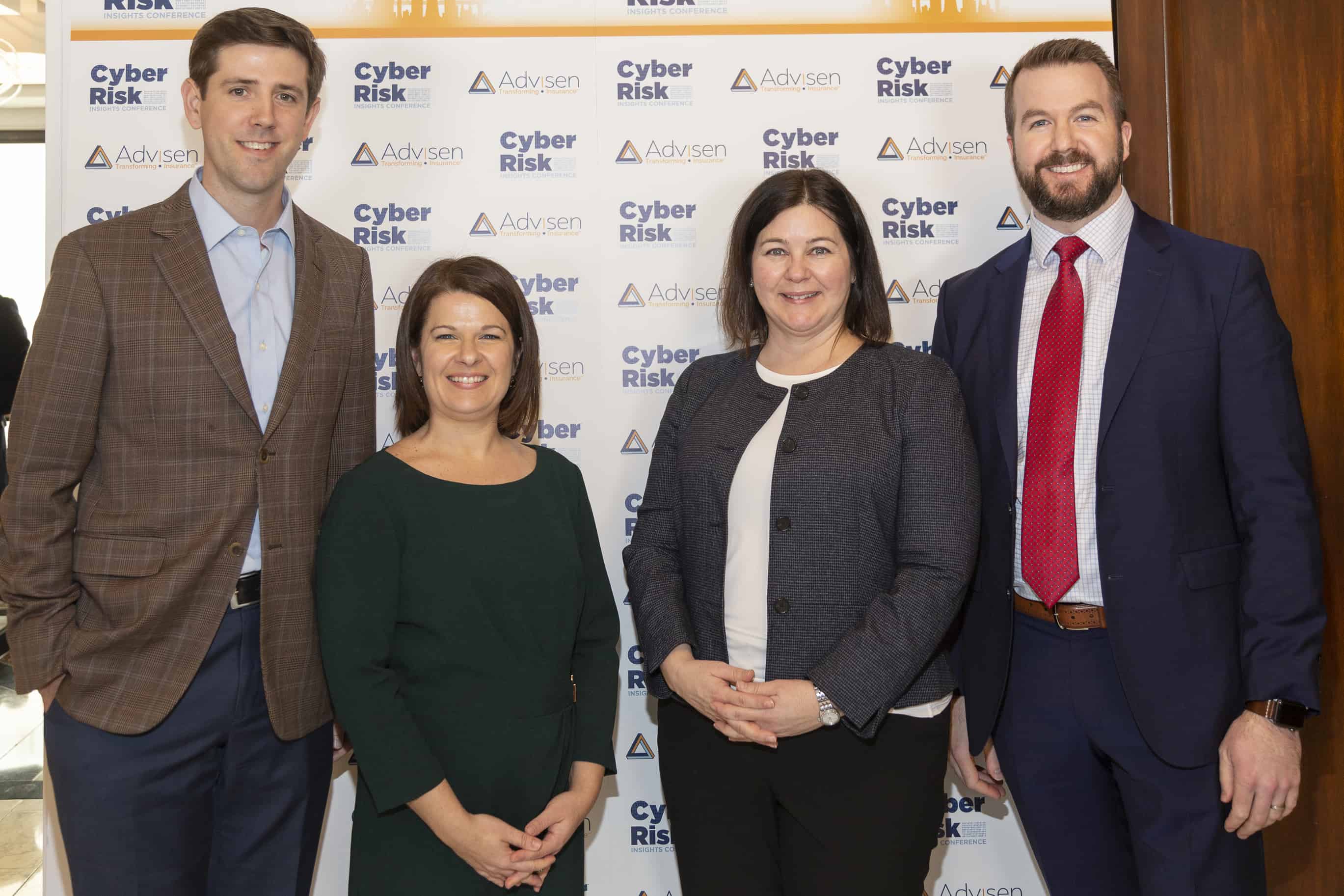

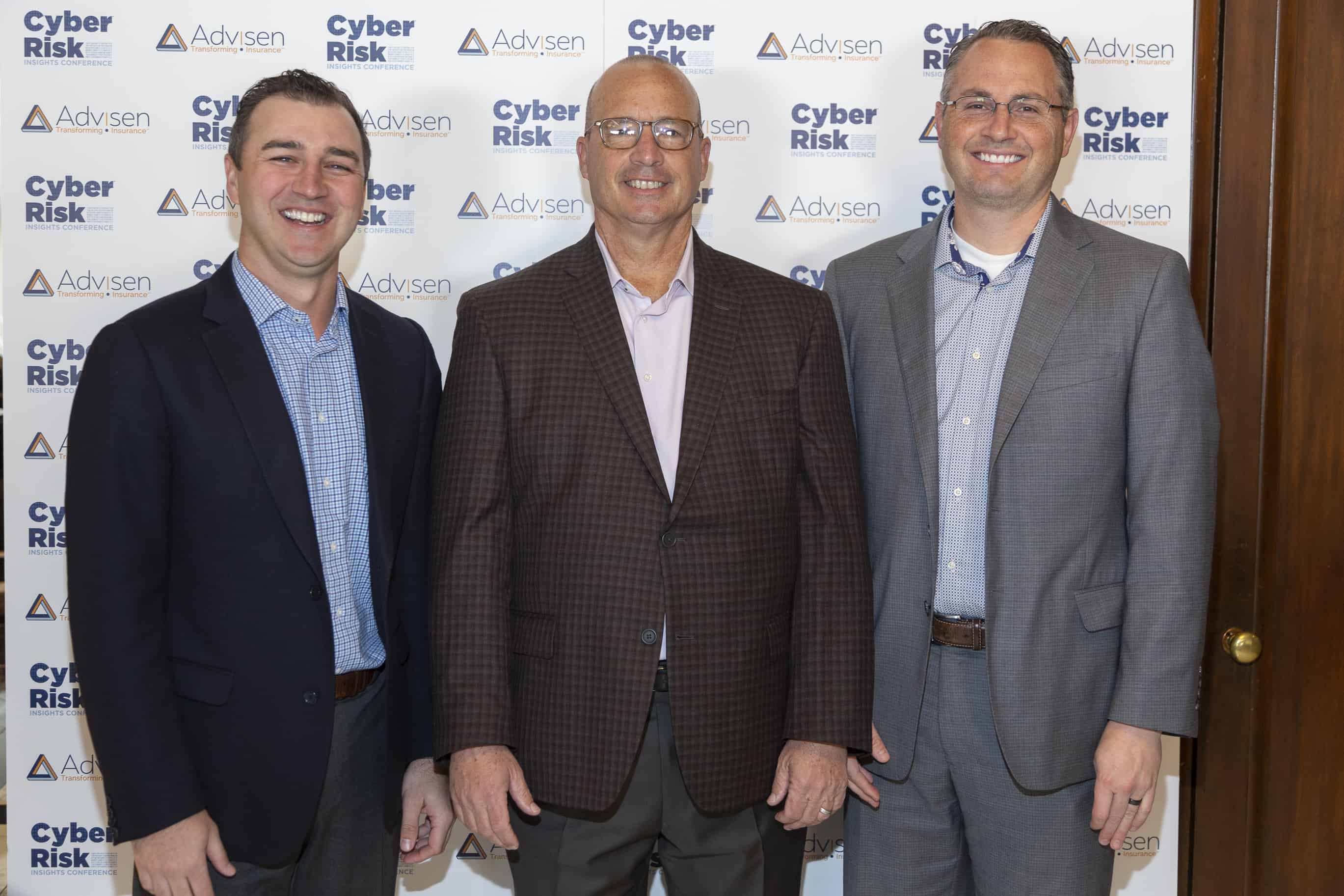
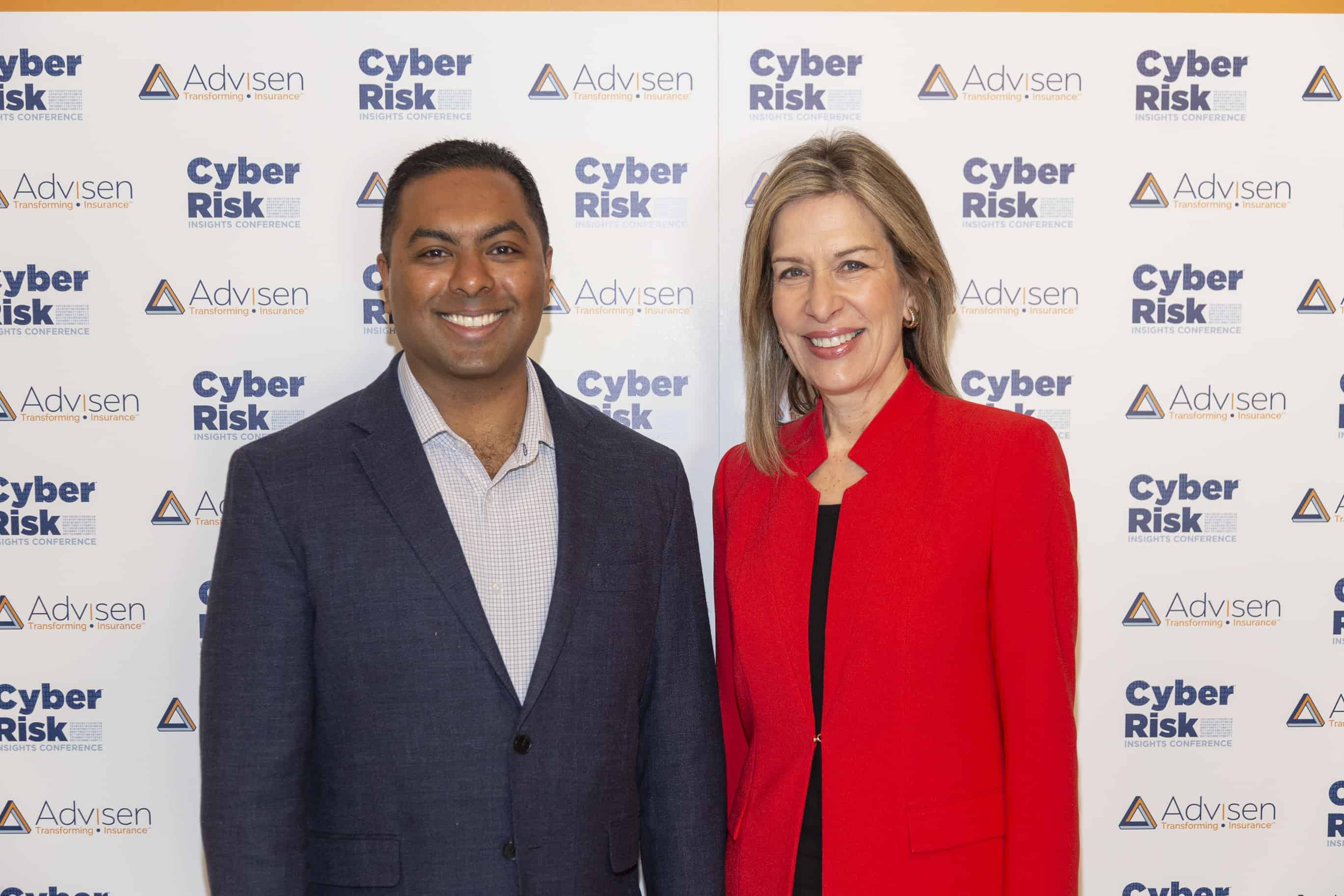
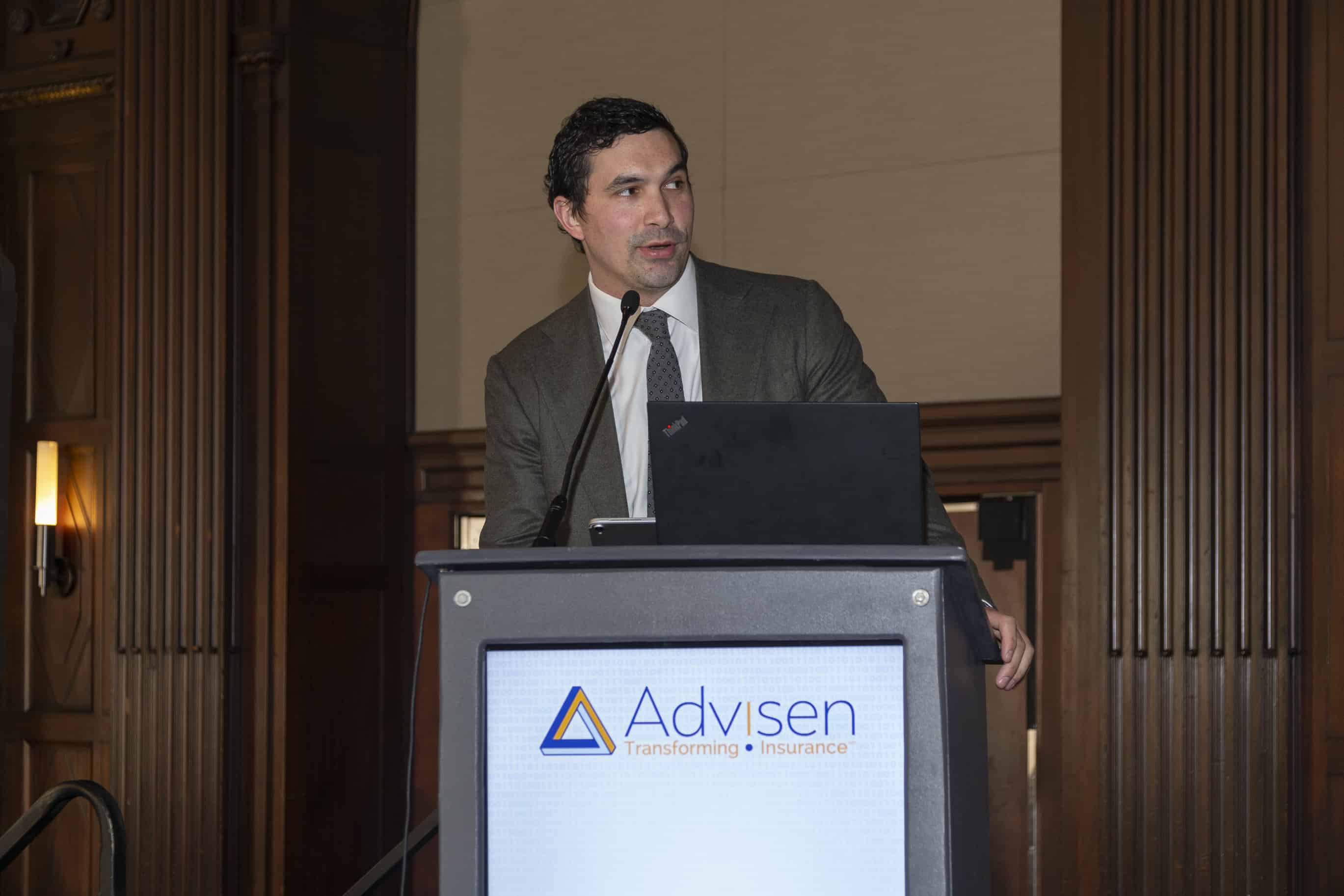
Agenda
February 11th 12:00 pm - 1:00 pm
Luncheon & Registration
Luncheon & Registration
February 11th 1:00 pm - 1:15 pm
Opening Remarks
Opening Remarks
February 11th 1:15 pm - 1:55 pm
Combatants: Soldiers, Mercenaries, Terrorists, or Thieves?
Read More »
Combatants: Soldiers, Mercenaries, Terrorists, or Thieves?
Read More »
February 11th 3:20 pm - 3:50 pm
Afternoon Break
Afternoon Break
February 11th 5:00 pm - 6:00 pm
Closing Remarks & Reception
Closing Remarks & Reception
Day 2: February 12th, 8:00am - 6:00pm
February 12th 8:00 am - 9:00 am
Breakfast & Registration
Breakfast & Registration
February 12th 9:00 am - 9:15 am
Opening Remarks
Opening Remarks
February 12th 10:45 am - 11:15 am
Morning Break
Morning Break
February 12th 12:15 pm - 1:15 pm
Conference Luncheon
Conference Luncheon
February 12th 2:40 pm - 3:15 pm
Afternoon Break
Afternoon Break
February 12th 3:15 pm - 4:00 pm
Reputational Risk and Intellectual Property: Insuring Intangible Assets
Read More »
Reputational Risk and Intellectual Property: Insuring Intangible Assets
Read More »
February 12th 4:30 pm - 5:00 pm
Forging in Fire: Building Security-Insurance Partnerships in a Time of Accelerating Cyber Risk
Read More »
Forging in Fire: Building Security-Insurance Partnerships in a Time of Accelerating Cyber Risk
Read More »
February 12th 5:00 pm - 6:00 pm
Closing Remarks & Reception
Closing Remarks & Reception





















